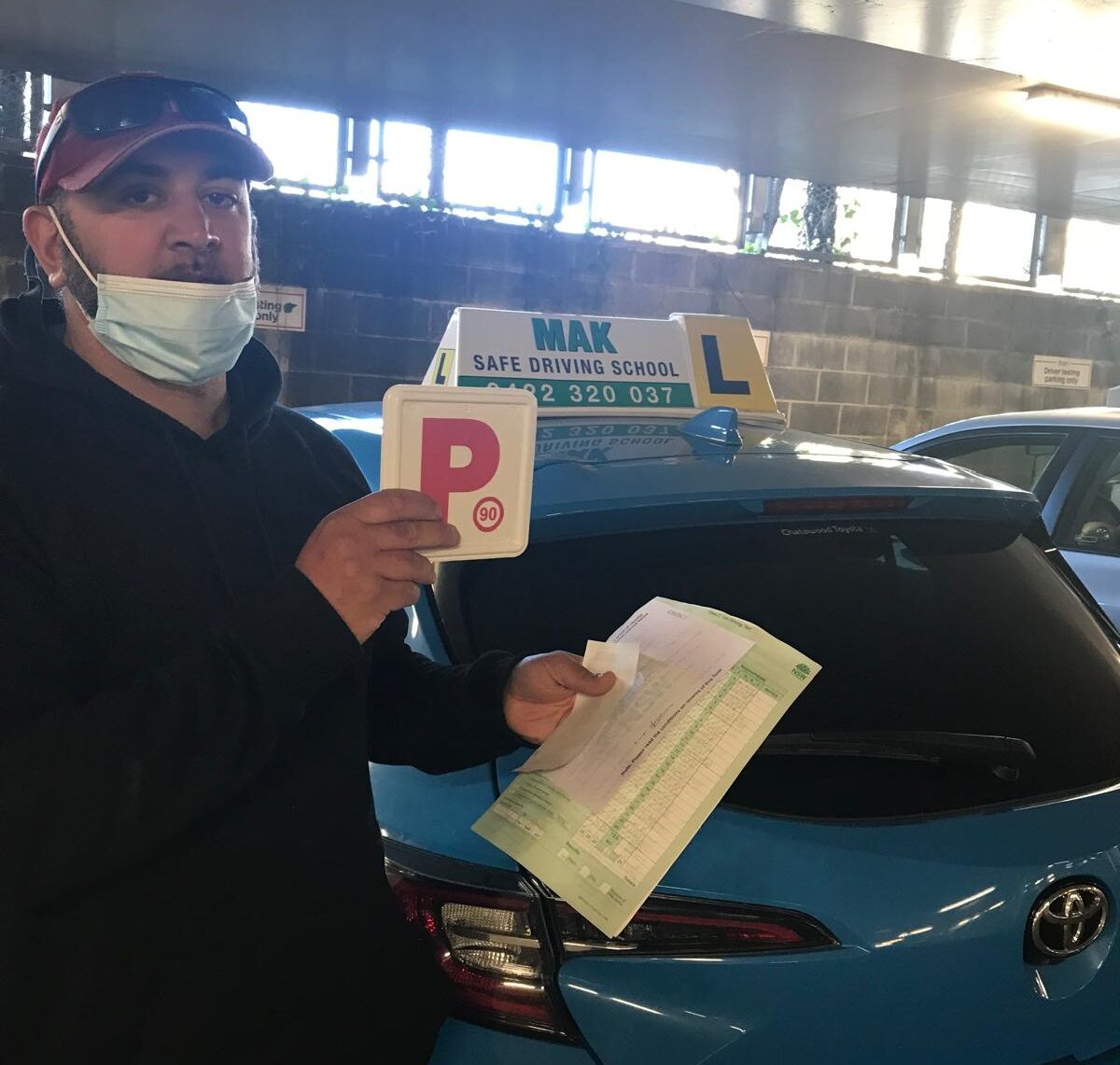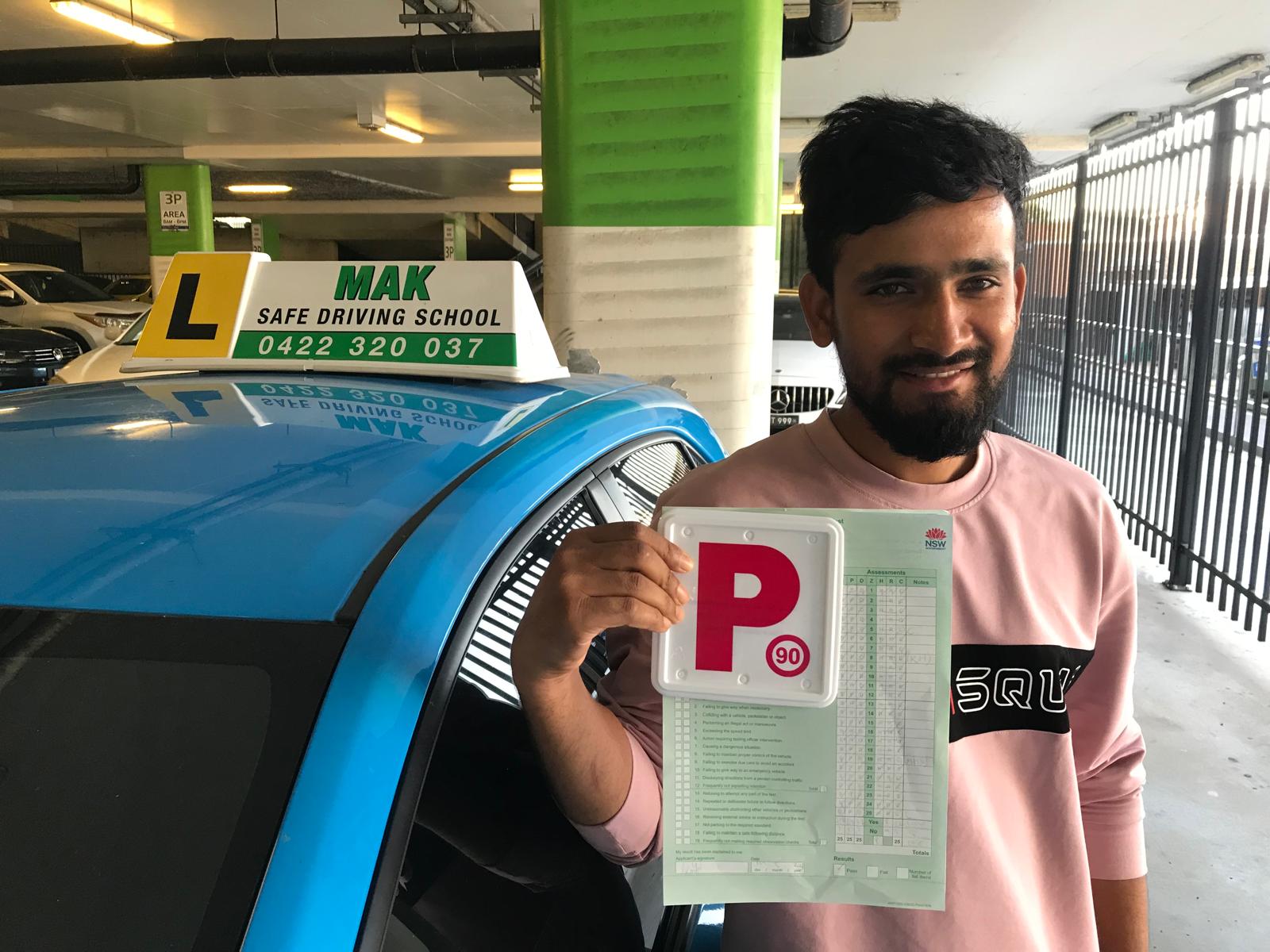Defensive Driving
Defensive Driving
Defensive driving is also known as low risk driving or safe driving. Defensive driving is taking precautions assuming that other road users will not always follow the road rules and will not always do what we expect them to do.
This means that we alter our driving by observing the actions and reactions of other drivers, cyclists, motorcyclists, pedestrians, the weather conditions and the way we feel and keep learning how to make choices that put safety first.
It is based on effective observation all around our vehicle, close and far, inside and outside and good anticipation and control of both ourselves and our vehicle.
Driving with Responsibility, Care, Consideration and Courtesy to others will help to reduce the risks and achieve the skill of Defensive driving.

There are some key skills required to develop Defensive driving
- Concentration And Elimination Of Distractions
- Good Observation – Including Headchecks
- Perception Or Anticipation
- Communication With Other Road Users – And Stopping Road Rage
- Identifying And Responding To Hazards
- What To Do If A Crash Is Unavoidable
What is a defensive driving technique?
- Think safety first
- Be vigilant & aware of your surroundings — pay attention in every detail
- Do not depend on other drivers as they might make a mistake
- Follow the 3- to 4-second following gap rule
- Drive within the speed limit & follow the posted warning signs
- Have an escape route if you see a hazard ahead
- Separate the risks individually
- Cut out distractions

Important:
Roads and Maritime reserves the right to require applicants undertake a knowledge test or driving/riding test and may not issue a NSW licence unless RMS/Service NSW Centre are satisfied an overseas licence is valid.
How do I get an Australian driving licence? What are the steps to get an Australian driving licence?
Depending on how long you have been holding your overseas licence you will either issued a Provisional P1 licence, Provisional P2 licence or an Unrestricted (full) driving licence.
Usually you will need to undertake a Driving knowledge test (DKT) (insert Link (are u inserting a hyperlink?)) before you can book your on-road driving test. Once you have passed the DKT you can now book your driving test. (insert Link)
HAVE A QUESTION?
We’re available for commissions and collaborations, and I’m excited to hear from you
contact@ makdrivingschool.com.au
Phone
+61422320037

